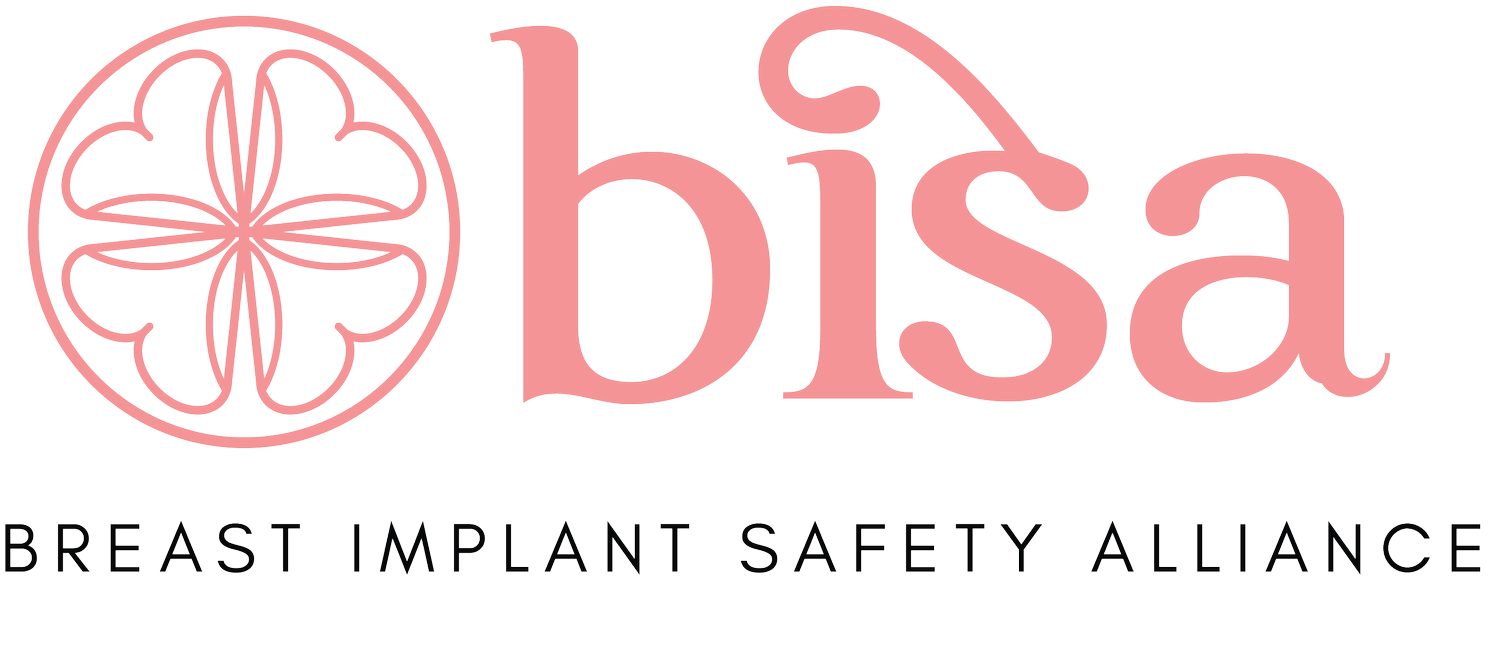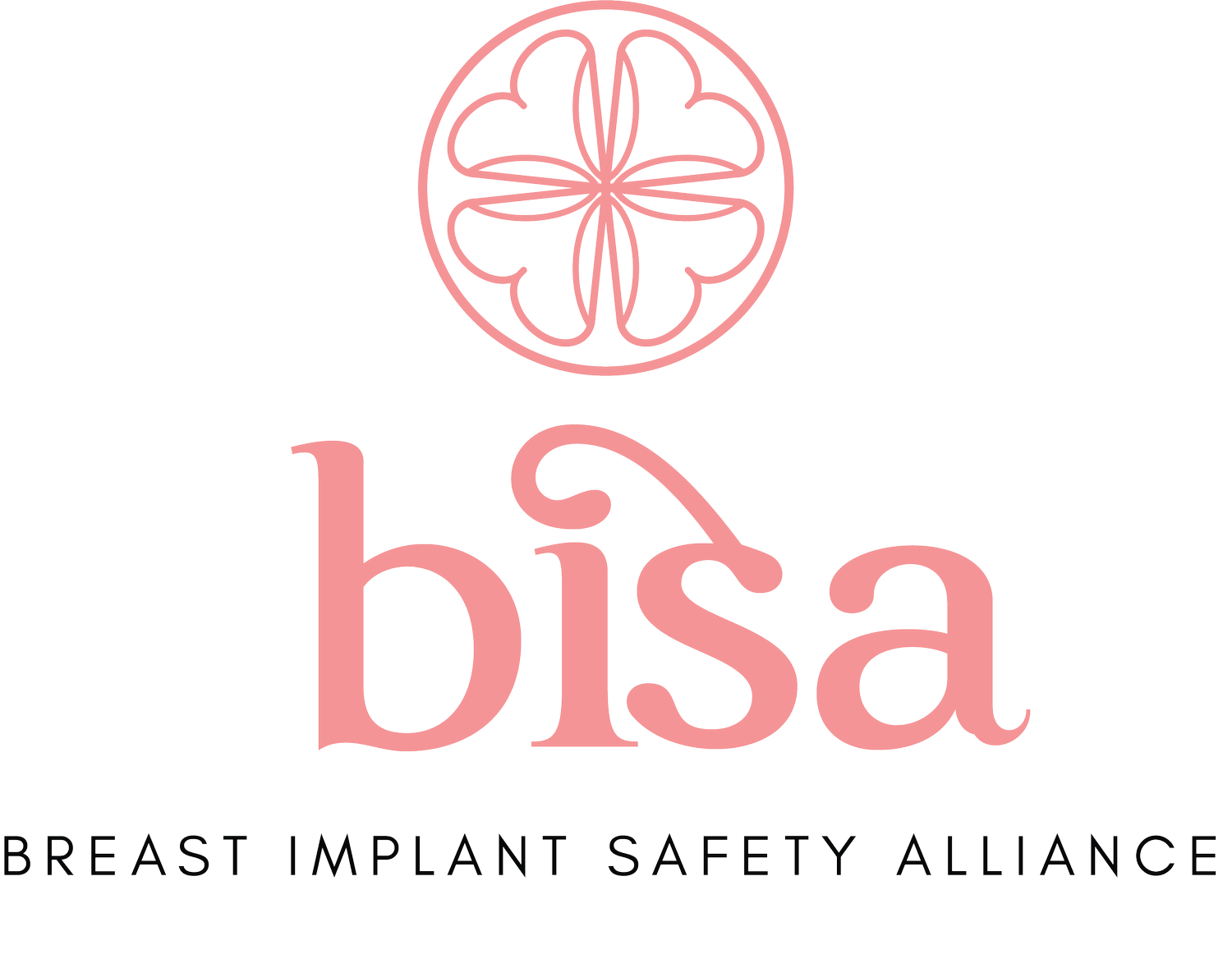Getting Breast Implants
Making Your Decision
The benefits of breast implants are easy to spot. Deciding whether to get breast implants is a big decision, and you should know as much new information as possible to be better informed about it.
Why is breast implant knowledge important?
A breast implant is a Class III medical device, the highest risk class for any medical device. New information including stronger warnings and implant recalls has been slow to reach the public.
Breast implants have not been successfully tracked, problems are often underreported, data was previously not visible to the public until more recently, and some safety studies were incomplete.
Conflicts of interest exist because breast implants are marketed to consumers by manufacturers and doctors trying to sell a product which can contribute to a lack of informed consent or biased information.
Some complications are not well understood and do not have standards of care which can impact patients physically, emotionally, and financially. The FDA, medical societies, researchers, and patient advocates collaborate for better safety.
Alternatives to Breast Implants
You could save money and opt for padded or pushup bras or external prostheses. Breast implants are not your only option, and some options may have fewer risks and complications.
Surgical: breast lift, fat transfer, no reconstruction, and aesthetic flat closure.
Nonsurgical: Wearing a padded bra, external prosthesis, or breast tape.
About Breast Implants
Breast implants are surgically placed under the breast tissue or chest muscle and can be made of silicone gel or saline, which is encased in a silicone shell. They come with either a textured or smooth surface. Manufacturers of approved U.S. breast implants include Allergan, Ideal Implant Incorporated, Mentor World Wide, and Sientra.
People may choose to get breast implants for a variety of reasons, such as:
Breasts that have failed to develop to the desired cup size after puberty
A bottom-heavy figure that could be balanced out and made more hourglass-shaped with a larger bust
Breasts that are pointy, flat, or otherwise shaped in a way the patient doesn’t prefer
Lost tissue volume after weight loss or pregnancy/breastfeeding
Lack of firmness due to body changes such as aging
Breasts that are not symmetrical in size or shape
Correct a breast deformity
Gender confirmation surgery
Breast Implant Ingredients
Breast implants are made of dozens of chemicals and heavy metals. Chemicals in breast implants can leak, rupture, or let off gases inside the body. Some patients may have negative responses to these chemicals and heavy metals, and it is not possible to predict which patients will have negative health outcomes.
Implant manufacturers are legally required to make their ingredients public. Request this list from your surgeon.
Breast Implant Costs
Additional surgeries including implant removals are usually not covered by insurance, and some tests are not covered under insurance.
Breast Implant Benefits & Risks
Benefits Associated with Breast Implants
Patients need safe options and breast implants are used to increase breast size (augmentation) or rebuild breast tissue after a mastectomy or other damage (reconstruction).
Manufacturers report that patients gain self-confidence, feel better about their bodies, and experience greater well-being.
According to the American Society of Plastic Surgeons, “many women undergo these procedures successfully each year but, as with all devices, there are risks associated with breast implants that you should be aware of.”
Risks & Complications of Breast Implants
Some of the complications and adverse outcomes of breast implants include:
Implant complications, such as breast pain and changes in nipple and breast sensation
Additional surgeries, with or without removal of the device (also see Implant Removal Options)
Capsular contracture, scar tissue (capsule) that forms around the implant and squeezes the implant
Rupture and deflation
Breast implant-associated anaplastic large cell lymphoma (BIA ALCL), a type of non-Hodgkin's lymphoma (cancer of the immune system)
Connective tissue disease, breast cancer, and reproductive problems
Systemic symptoms
Effects on breast feeding and children
For more information, visit FDA: Risks and Complications of Breast Implants.

